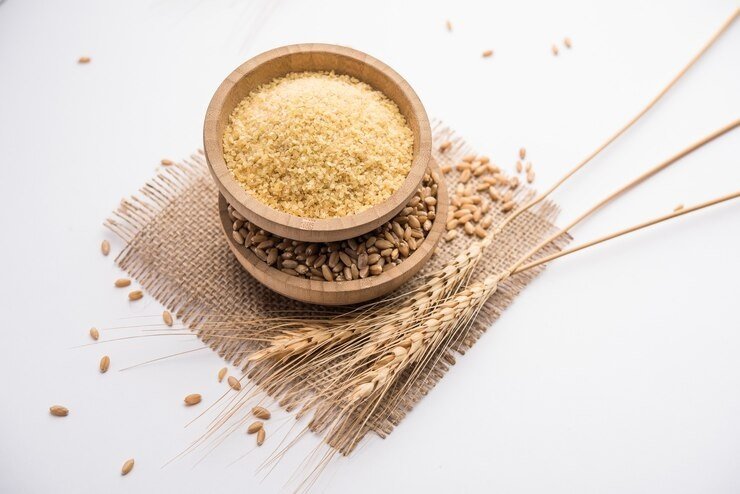The global trade of white rice has been impacted by a significant decline in prices from two major exporters, Vietnam and Pakistan. This price drop has created uncertainty in the global market, with foreign importers waiting for prices to stabilize. Exporters are finding it more difficult to navigate the situation, as Vietnamese and Pakistani rice exporters are forced to lower their prices due to weak demand and a depreciating exchange rate for their currencies against the US dollar.
Vietnam, in particular, has seen its rice prices fall to the lowest level in the past four years, contributing to this uncertainty. Indian exporters are facing challenges as well, though the situation in India is relatively stable, with white rice prices holding steady. However, India stands to benefit as Vietnam and Pakistan try to maintain their market share by reducing prices to compete.
The price reduction from Vietnam is partly attributed to the increased competition from India, especially after the Indian government opened up commercial export of white rice. Both the Philippines and Indonesia, traditional importers of Vietnamese rice, have started turning to India for their rice needs. As a result, Vietnam has begun importing cheaper Indian rice to meet demand domestically. Moreover, there is a backlog of old contract rice at Vietnamese ports, complicating the situation further.
Despite these price cuts, critics argue that Vietnam's rice exporters may not be able to keep the prices low for long, as it could lead to significant losses for local producers.
Current export prices for 5% broken rice are as follows:
- Thailand: $438 per ton
- Vietnam: $410 per ton
- India: $420 per ton
- Pakistan: $415 per ton
For 25% broken rice, the prices are:
- Thailand: $415 per ton
- Vietnam: $385 per ton
- India: $405 per ton
- Pakistan: $360-395 per ton
The pricing dynamics are shifting, and while India has gained some advantage, the volatility in prices and market behavior remains a challenge for global rice trade.

